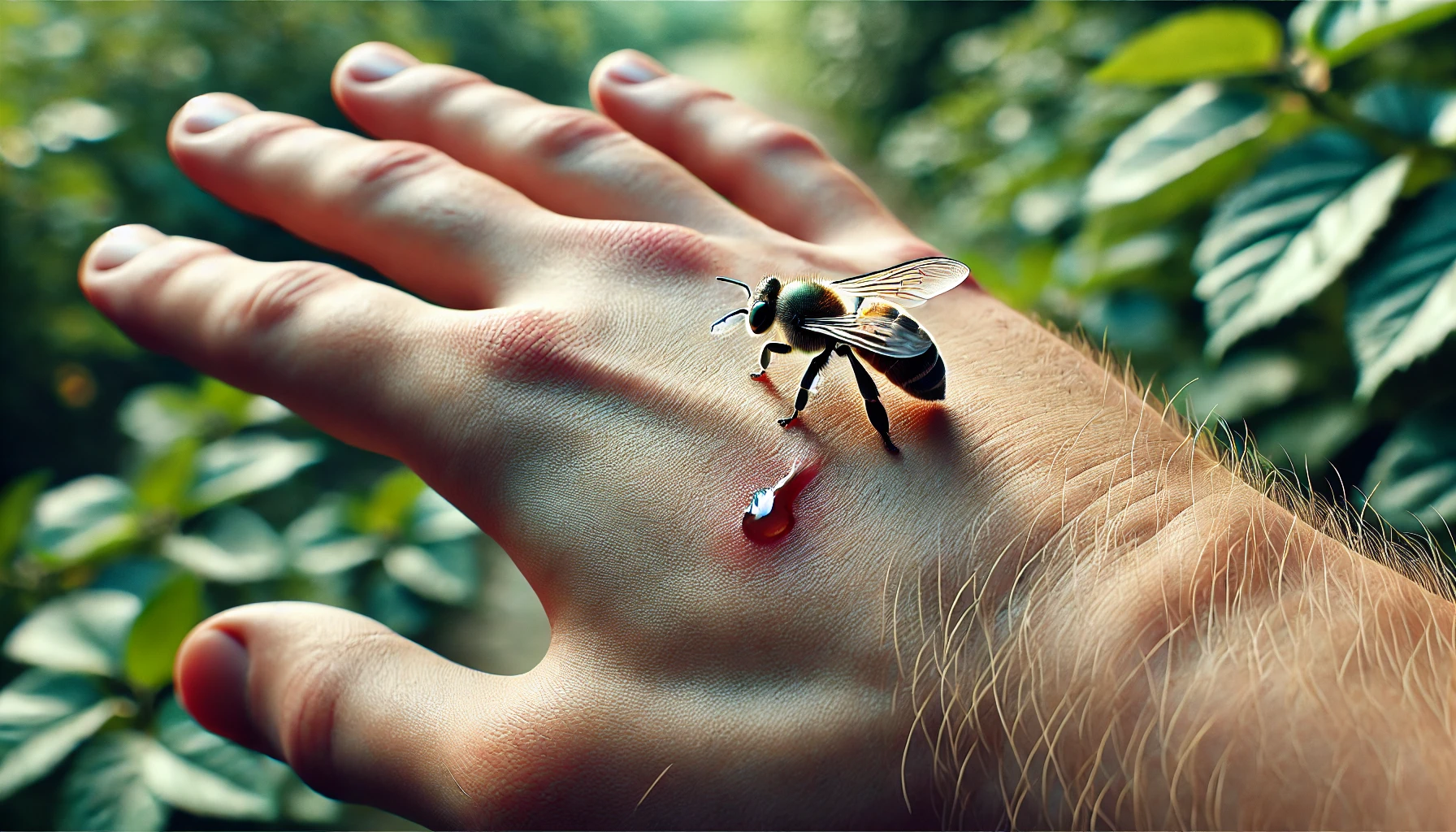Check out this answer from Consensus:
Treating a bee sting promptly and effectively can mitigate pain and prevent complications. Quick removal of the stinger, cleaning the area, applying a cold compress, and using over-the-counter medications are essential first aid steps. Monitoring for signs of severe allergic reactions and seeking medical attention when necessary is crucial. For those with a history of severe reactions, advanced treatments like venom immunotherapy and antivenom therapy offer promising options for prevention and management.
By following these guidelines, individuals can effectively manage bee stings and reduce the risk of adverse outcomes.
Bee stings can be a painful and sometimes serious experience. Understanding the appropriate steps to take immediately after being stung can help alleviate pain, reduce swelling, and prevent complications. This article outlines the recommended treatment for bee stings, including first aid measures, potential complications, and when to seek medical attention.
Immediate First Aid
Remove the Stinger Quickly
The first step in treating a bee sting is to remove the stinger as quickly as possible. Contrary to conventional advice that suggests scraping the stinger off, recent findings indicate that the method of removal is less important than the speed of removal. Delaying the removal of the stinger, even by a few seconds, can increase the amount of venom injected and worsen the reaction3. Therefore, whether you scrape or pinch the stinger out, the key is to act swiftly.
Clean the Area
After removing the stinger, clean the affected area with soap and water to prevent infection. This step is crucial in maintaining hygiene and reducing the risk of secondary infections.
Apply a Cold Compress
To reduce swelling and pain, apply a cold compress or an ice pack wrapped in a cloth to the sting site. This can help to numb the area and minimize inflammation.
Over-the-Counter Pain Relief
Over-the-counter pain relievers such as ibuprofen or acetaminophen can be taken to alleviate pain. Additionally, antihistamines like diphenhydramine (Benadryl) can help reduce itching and swelling.
Monitoring for Allergic Reactions
Mild to Moderate Reactions
Most bee stings result in mild to moderate reactions, including redness, swelling, and pain at the sting site. These symptoms typically resolve within a few hours to a few days. In such cases, the aforementioned first aid measures are usually sufficient4.
Severe Allergic Reactions
In rare instances, bee stings can cause severe allergic reactions, known as anaphylaxis. Symptoms of anaphylaxis include difficulty breathing, swelling of the face or throat, rapid pulse, dizziness, and a drop in blood pressure. Anaphylaxis is a medical emergency that requires immediate treatment with an epinephrine auto-injector (EpiPen) and urgent medical attention2 8.
Advanced Treatments
Venom Immunotherapy
For individuals with a history of severe allergic reactions to bee stings, venom immunotherapy (VIT) can be an effective preventive measure. VIT involves the administration of gradually increasing doses of bee venom to build up immunity and reduce the severity of future reactions. Studies have shown that VIT is effective in preventing systemic allergic reactions and improving the quality of life for those with insect sting allergies8 9.
Antivenom Therapy
In cases of multiple stings, particularly from aggressive species like Africanized honeybees, antivenom therapy may be considered. A clinical trial evaluating the use of Africanized honeybee antivenom (AAV) demonstrated its safety and efficacy in reducing venom levels and improving clinical outcomes in patients with multiple stings1.
